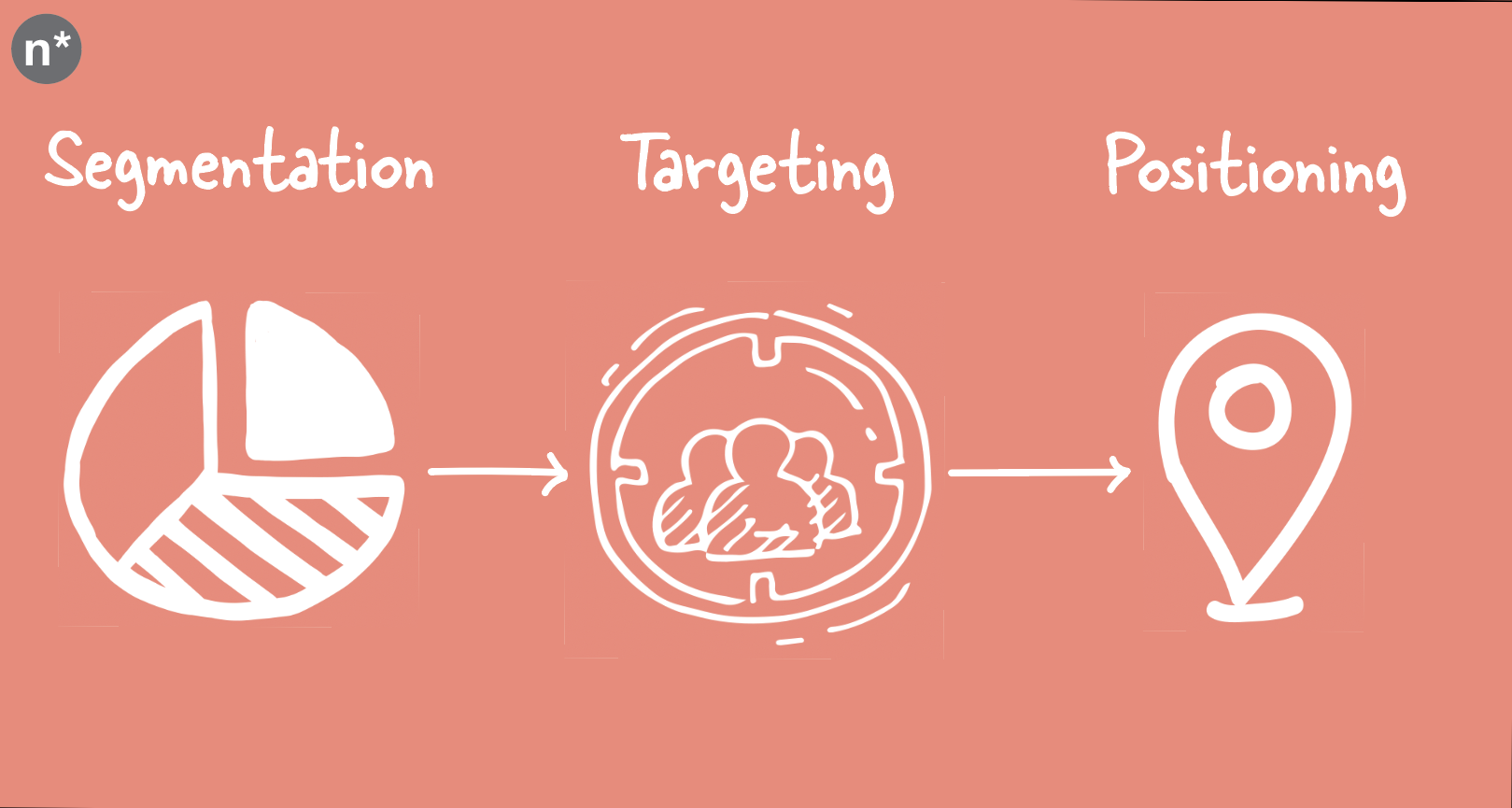In today's competitive business landscape and overcrowded marketplaces, it has become imperative for companies to employ effective marketing strategies to attract the right clients, which can be achieved through the implementation of segmentation, targeting and positioning. Segmentation, targeting and positioning allows companies to construct an image that represents their aims to form client perceptions of a business, allowing a company to position themselves as they wish to be perceived and create a strong competitive advantage.

Segmentation: Understanding Your Market
Segmentation involves homogenising market heterogeneity, dividing a broad market into distinct groups of customers who share similar characteristics, needs, or behaviours. It is crucial to identify and understand these segments to effectively tailor offerings; analysis of client data to identify common patterns allows companies to create customer personas and segment target audiences on the basis of industry, company size, geographic location and/or specific challenges. This understanding is utilised so that companies can develop customised solutions which resonate with each segment's unique requirements, which nordstar* can provide the development of.
Targeting: Focusing on the Right Opportunities
Targeting occurs after segmentation has taken place; targeting involves selecting the most promising segments which align with a company's expertise, resources, and strategic goals. By focusing on specific segments, businesses can streamline their marketing efforts, optimise resource allocation, and build specialised knowledge and capabilities which relates to the needs of their target clients. Targeting allows companies to position themselves within niche areas to enhance their credibility and attract clients who will gain the most benefits and who will value their specialised knowledge and expertise.
Positioning: Differentiating Your Value Proposition
Brand positioning is the act of designing a company's offering and image to occupy a distinctive place in the mind of the target market to create a customer-value proposition; a cogent reason as to why the target market should invest in a company's offering. Positioning is expected to shape the preferences of consumers and consequently result in high customer loyalty, with positioning strategies typically occurring along three key dimensions: favourability, differentiation, and credibility. A company is typically positioned using intended positioning, in which company's position themselves in how they intend to be perceived by target consumers, driven by the aim of finding a position with the highest utility for customers. Positioning involves communicating the benefits and advantages of which a company offers to their clients, whether this involves communicating industry knowledge, methodologies, or demonstrating successful projects, positioning allows companies to create a compelling identity which ensures that a company is perceived by its clients as being the solution provider for their specific needs.
Segmentation, targeting and positioning allows companies to streamline their resources and allocate these effectively, designing solutions which precisely address the challenges of their clients, equating in improved client satisfaction and the possibility of repeated business. Companies should ensure to continually refine their segmentation, targeting and positioning strategies, adapting to changing market dynamics and identifying emerging segments or niche markets to support continuous growth and expansion.
Contact nordstar* today for support with analysing client information and data to create customised and defined processes, products and solutions to resolve your customers' needs.


